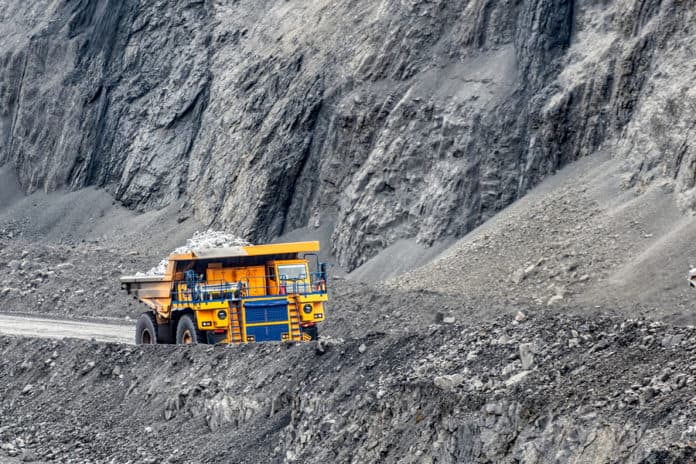The Canadian mining industry is experiencing significant activity in terms of mergers and acquisitions. The sector has picked momentum in recent years following the growing number of M&A acquisitions bringing it to the limelight. After years of restructuring, Canadian mining companies have started to leverage opportunities in the sector. The M&As are creating new growth and investment opportunities that are transforming the mining landscape in Canada.
Growing mergers and acquisition in mining sectors
However, the prospects of the M&As face growing concerns amid the growing global economic uncertainty, Brexit and the US-China trade dispute. Prices of precious metals have been declining owing to perceptions regarding supply and demand. For instance, companies are strengthening their positions through mergers.
Following the merger Barrick Gold (NYSE: GOLD) with Randgold Resources last year and the merger of Newmont (NYSE: NEM) with Goldcorp several mining companies have followed suit. They have been divesting non-core assets as they seek to replenish their reserves and resources. Recently Pala Investments acquired Cobalt 27 Capital Corp for C$515 million. The transaction, however, faced some disapproval from a section of shareholders on governance and value grounds.
X-terra and New Brunswick universe sign R&D collaboration deal
The mining companies are not only collaborating on operations and boosting their reserves but also on R&D. X-terra Resources (OTCMKTS:XTRRF) has announced a research and development collaboration with the University of New Brunswick. The research and development will be at the company’s Northwest and Grog gold properties close to Campbellton town.
David Lentz, the economic geology research head at the university will lead the study. He is an experienced researcher with a deep understanding of the mineralization in the province which includes Bathurst camp. Lentz said that the northern part of the province is full of mineral deposits notably gold and base metals.
X-terra finalized polarization research in the area in the summer with the properties found to have epithermal hydrothermal gold deposits. The mineral deposits are in discrete geological locations as compared to the orogenic systems that bear gold.
Glencore closes Brunswick lead smelter
Mining companies are looking to leverage the opportunities in the market in Canada. As a result, they want to have assets that are sustainable as they look to enhance their resources. On Wednesday Glencore Canada Corp (OTCMKTS:GLNCY) indicates that it was closing its Lead Smelter in New Brunswick. The company said that it was unsustainable to keep the smelter following the closure of Brunswick’s lead-zinc mine six years ago.
The smelter had 420 employees and has been operational since 1966. The development comes at the back of several Belledune workers demonstrating in Montreal after being locked out. The protesters were joined by United Steelworkers and were fighting for improved health and safety standards.
The company has indicated that it will provide severance, pension and well as outplacement services for affected employees. Also, they will consider seeking potential relocation openings for smelter employees in other sections. Glencore will retain others to work on monitoring, closure projects, and water treatment.


